Politics and the pandemic have changed how we imagine cities
Science fiction authors like N.K. Jemisin and M. John Harrison are remaking familiar cities in a new light.
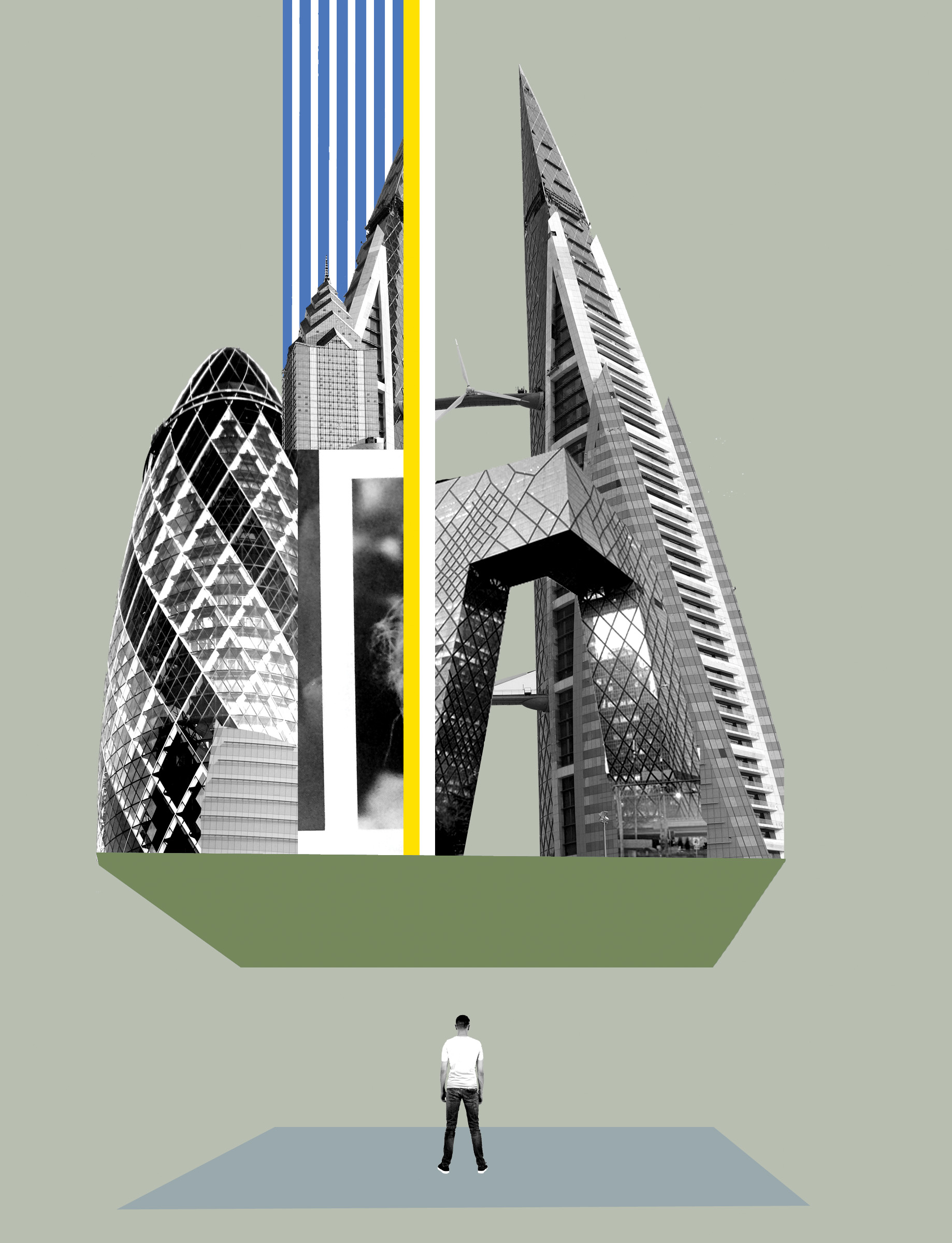
Science fiction is full of cities imagined from the ground up, but an author who writes about a real place has to engage with real cultures and real histories. It takes a special kind of world-building skill to develop a city when its origins are already known.
The Membranes, a fascinating new book out in June by Chi Ta-wei, meets this challenge. It presents metropolitan Taiwan in 2100 as utterly unfamiliar apart from its culture. In the novella, a young aesthetician named Momo dresses her clients in artificial skins that track their personal data and shield them from the elements. She is part of a “new Renaissance” of technology in T City, which is not quite future Taipei. The view from Momo’s salon reveals the difference: she can see “silver-indigo waves in the infinite depth” and “schools of cadmium yellow fish floating by in tidy regiments.” There is a “membrane” above, in the place where the reader might expect the sky to be. That’s because T City is part of New Taiwan, which contains the entire country’s population and is located on the ocean floor.
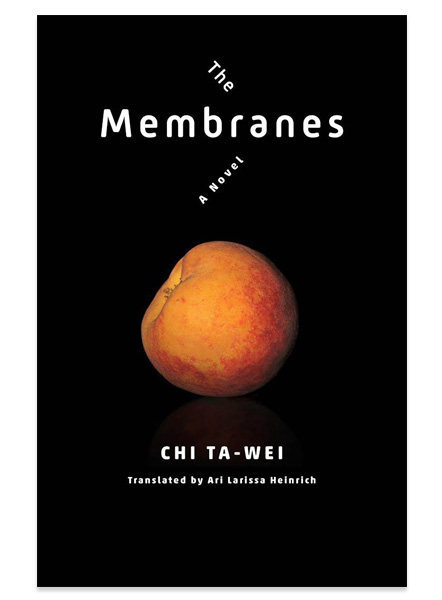
Humanity has migrated to subaquatic domes to escape the lethal consequences of a vastly deteriorated ozone layer. Tremendous advances in solar power have made this shift possible, and an android underclass provides maintenance labor. Sentient but without rights, they are manufactured with organs that can be harvested by humans. Gradually, Momo grows enlightened to the oppression of androids, connecting the dots between a surgery she had as a child and the disappearance of her childhood best friend.
There’s an awful lot going on in this short work: new religions form in this future world, the Pacific Ocean territories are divided between countries like the United States and corporations like Toyota, and then there are the peculiar skin treatments at Momo’s salon. What grounds this overwhelming book is Momo’s addiction to digital media. She spends hours on dial-up bulletin board systems and the early search engine Gopher, loves laserdiscs, and pores over “discbooks” and “disczines.”
“Real worlds feature real peoples. Therefore it’s important that I not depict them in ways that disrespect or cause harm.”
N.K. Jemisin
The charming old-fashioned digital layer in the book clues the reader into the real-world events that inspired Chi. While the English translation is new, The Membranes was first published in 1995, just a few years after a decades-long period of martial law in Taiwan was lifted. It transformed the culture with a “sudden flood of new ideas, combined with the relative lack of statutory oversight on a whole generation of youth,” as translator Ari Larissa Heinrich explains in the afterword. Chi was part of this generation, newly trading bootleg tapes and suddenly exposed to international films, surfing the web, and delighting in media and technology. The disorienting exuberance of this period is captured in the frenetic spirit of the book: the wild future of T City was a funhouse-mirror image of Taiwan as Chi experienced it.
The Membranes shows that even if a population has regrouped to a city on the floor of the ocean, its communities will continue to make history from a common past. This was a concern of N. K. Jemisin as she worked on 2020’s The City We Became. The book is set in New York City, where the author lives, but in the acknowledgments, she writes that it “required more research than all the other fantasy novels I’ve written, combined.” It wasn’t just the infrastructure and landmarks that Jemisin hoped to capture accurately, but the New Yorkers themselves. “Real worlds feature real peoples,” she writes. “Therefore it’s important that I not depict them in ways that disrespect or cause harm.”
The City We Became found a wide and enthusiastic audience when it was released last year in the earliest days of the pandemic. It introduces superhero-like characters who act as avatars of the five boroughs of New York, both protectors and embodiments of their locations. They battle entities reminiscent of H. P. Lovecraft’s monsters, with tentacles and “fronds,” which are manifestations of threats New Yorkers face: gentrification, racism, the police. Jemisin’s research and care paid off; the book struck a chord with readers as their own lives were radically altered. For people whose cities were experiencing a different test of resilience amid the covid-19 crisis, its characters felt true.
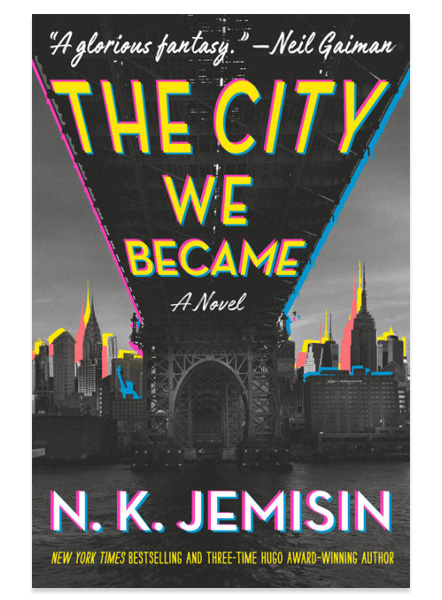
One way that science fiction authors have avoided research like Jemisin’s is by presenting familiar cities that are empty besides a handful of survivors. I Am Legend, the 1954 post-apocalyptic classic by Richard Matheson, is set in a Los Angeles that is recognizable by its geography and street names, but a pandemic has mutated its people—with the exception of one man—into shadow-dwelling vampires.
The novel, an enormous influence on modern zombie horror, channels Atomic Age anxiety by depicting formerly bustling neighborhoods as newly desolate. The last man on earth, Robert Neville, rarely leaves his elaborately fortified house. Instead, he lives a cozy life, listening to piano concertos and drinking alone. There’s no coordinated disaster response in the novel. He doesn’t have to collaborate or negotiate with his neighbors on supply runs.
As he begins experimenting on the vampires to discover the origins of the disease, I Am Legend poses a thought-provoking question: Is Richard the real monster in this new society? It is suspenseful and deservedly considered a classic, but Matheson offers no real sense of place. The other people have been stripped of their history and are little but bloodthirsty mutants; their motivations and interests are predictable and the culture of the city has no bearing on them.
Decades earlier, the polymath W.E.B. Du Bois took a rare stab at writing fiction to show how social hierarchies in a city can outlive its own people. His 1920 short story “The Comet,” written in the wake of the flu pandemic, depicts a near extinction event in New York City. A Black man survives, and for the first time in his life, he is able to visit a restaurant on Fifth Avenue without worry. Jim fills his plate in the empty building, thinking, “Yesterday, they would not have served me.” The city of Los Angeles in I Am Legend could be anywhere, but New York is clearly New York in “The Comet.” In just that line, Du Bois provides a snapshot of what life used to be like before the Fifth Avenue restaurant was abandoned. As Jim continues his journey, he comes into contact with a handful of other survivors and finds out that racism did not die when the event took place—and that it will, in fact, persist to the end of the world.
Present-day concerns about inequality shape how cities are represented in recent fiction, too. Folding Beijing, a novella by Hao Jingfang that was recently published in the anthology Invisible Planets, imagines the capital of China as controlled by a technical marvel: three classes of people are segmented in physical structures that rise up or retract below ground depending on the time of day. A minority live in the “First Space” and enjoy the most hours on the surface, while a middle class lives in the “Second Space.” But the majority of the city are the laborers and maintenance workers in the “Third Space,” who experience Beijing only from the hours of 10 o’clock at night to six in the morning. Movement between these partitioned classes is strictly regulated, and the ruthlessness of the architecture is reminiscent of the movie Snowpiercer, where there is a divide between luxury train cars for the elite and those who live in squalor in the caboose.
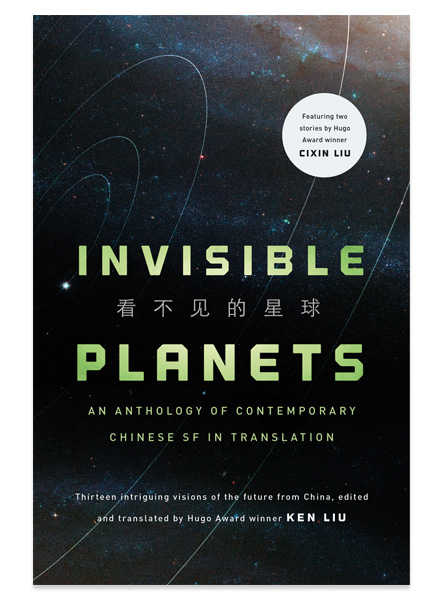
When Lao Dao, part of the Third Space, needs money for his child’s kindergarten tuition, he takes on a job smuggling a love letter from a man in Second Space to a woman in First Space. The gig is risky and highly unusual, given how little cross-class interaction happens in the city. The adventure Lao Dao undertakes—sneaking into trash chutes and crawling onto the city’s rotating parts—is representative of the actual hurdles in Beijing society as Jingfang sees it. Beijing is “divided into multiple groups,” the author told Uncanny magazine, where the story was published in 2015. These groups rarely meet, she said, and they have “completely different lifestyles, habits, and socializing spaces.”
M. John Harrison’s “The Crisis” is about another architected division of three classes. In the story, London is split between people with homes and those who live on the street, and again divided between human beings and a spectral race of aliens that has claimed the Square Mile as its own. The iGhetti, as they are known, resemble “stalks of fleshy, weak rhubarb” when visible. They are “neither a thing nor a picture of a thing: they seemed to be extruded from a space that wasn’t quite in the world.”
Balker, who used to sleep in a doorway behind the British Museum, is rounded up by an unknown official and given a clean bed in the heart of the iGhetti’s lair. He’s now a canary to test whether humans might safely cohabitate with the silent invaders. Another Londoner who lives in a comfortable flat forges a relationship with Balker, and attempts to grapple with the different ways they experience the city.
The story appears in Harrison’s career retrospective collection, Settling the World, which was released last year. An early draft was published to Harrison’s blog in 2013 with the title “Welcome to the middle classes.” Several years later, its sting feels especially sharp given the stark divide in cities between essential workers and those who worked from home through the covid-19 crisis.
Harrison’s most recent novel, The Sunken Land Begins to Rise Again, is also largely set in London, and it was also released last year, becoming a breakout hit that won the 2020 Goldsmiths Prize. The book captures an era, like The Membranes, and is just as tricky to summarize. This novel about misread signals and confusing relationships connected with readers in part because it was published, like The City We Became, at a time when real cities felt uncanny to their residents.
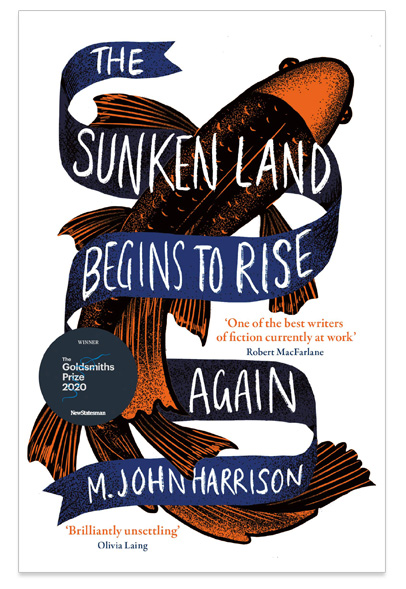
New York, as Jemisin depicts it, is a tense new metropolis on stolen land. London, in Harrison’s novel, is so old that its history can seem as though it comes from an entirely different land. He renders the city beautifully, as a place where neighborhoods have strange auras and the meanings of various landmarks have faded over centuries. But where the confused state of the characters in The Membranes is exhilarating—an expression of liberation—the confusion in The Sunken Land is laced with melancholy and estrangement, since it follows political retrenchment and division. After Brexit, what even is this place that they call home? And who are these other people in it?
The Sunken Land introduces Shaw, a man in his 50s living in Wharf Terrace, a neighborhood without a wharf and “no evidence there had ever been one.” His mother has dementia and he has no other family. The woman he is dating has just left London for the provinces. In his crummy studio, his solitude is regularly disturbed by the sounds of strangers down the hall.
Shaw takes a job off the books with a conspiracy theorist, and one of the plots his boss peddles is that there are little green humanoid creatures in the water. The notion is so absurd and unlikely that eerie phenomena which might confirm it fail to register with Shaw. He has the sensible expectations of a man who must have thought Brexit would never happen, until it did.
The Membranes, with its subaquatic setting, found a place as alien as life gets on planet Earth. The green creatures in The Sunken Land, on the other hand, conjure up the visceral fright of something slithering and unfamiliar brushing past your skin when you enter a lake. By blending real places with strange circumstances, all these novels and stories offer solace for those of us who feel similarly alienated by the cities that we call home.
Deep Dive
Humans and technology
Building a more reliable supply chain
Rapidly advancing technologies are building the modern supply chain, making transparent, collaborative, and data-driven systems a reality.
Building a data-driven health-care ecosystem
Harnessing data to improve the equity, affordability, and quality of the health care system.
Let’s not make the same mistakes with AI that we made with social media
Social media’s unregulated evolution over the past decade holds a lot of lessons that apply directly to AI companies and technologies.
Stay connected
Get the latest updates from
MIT Technology Review
Discover special offers, top stories, upcoming events, and more.